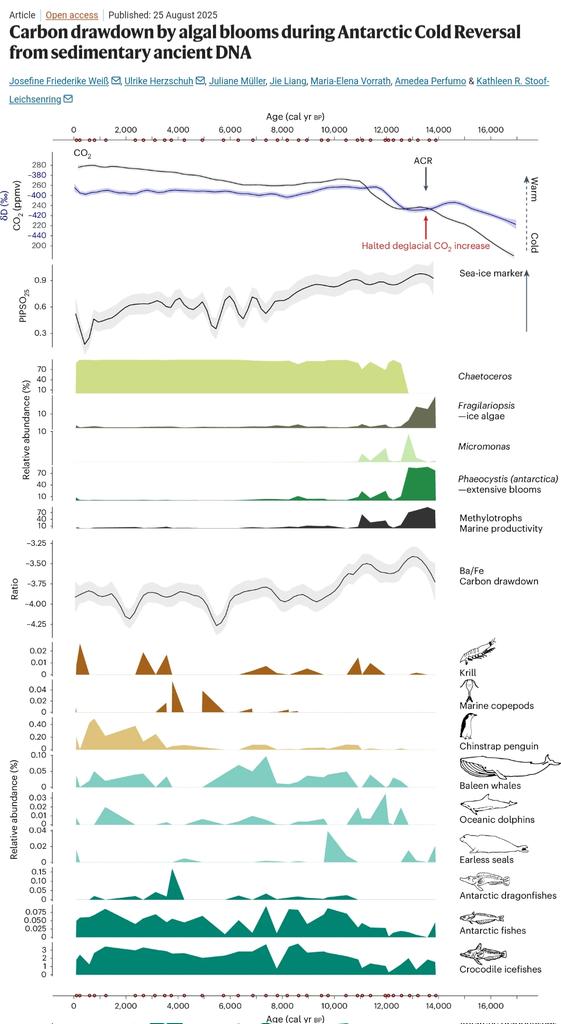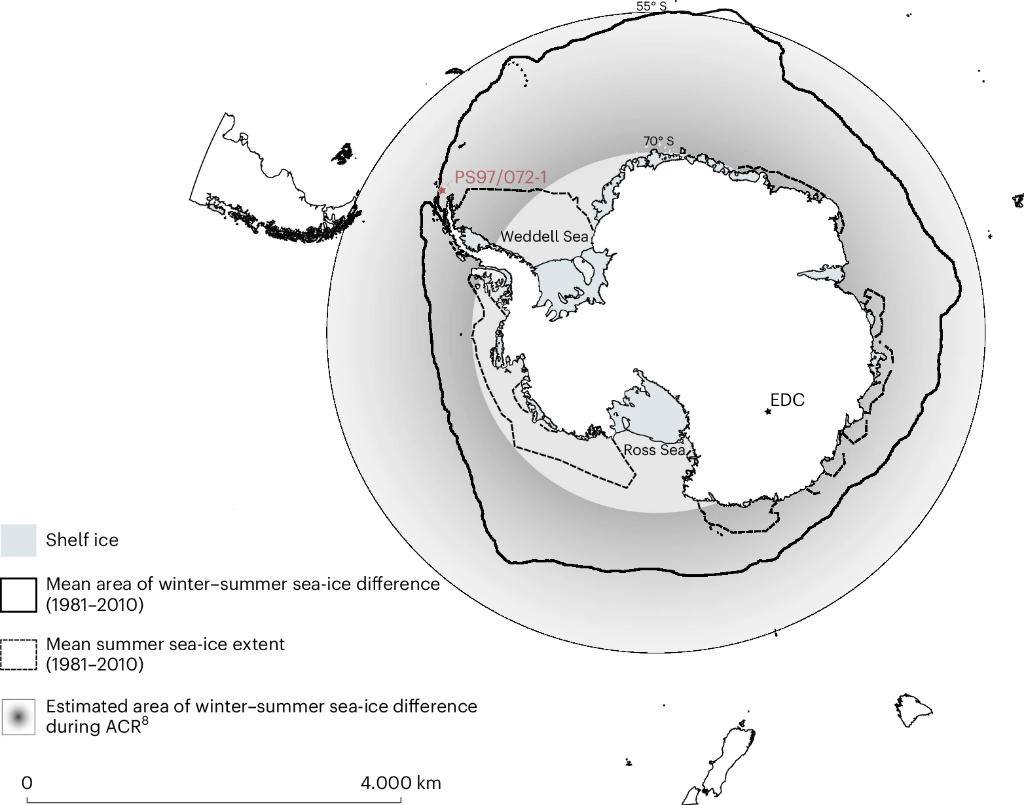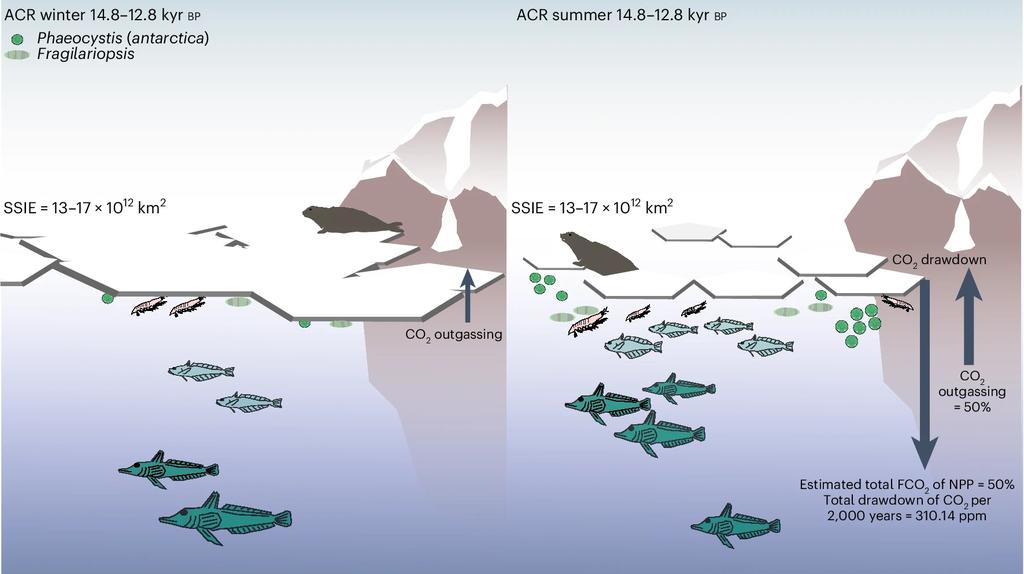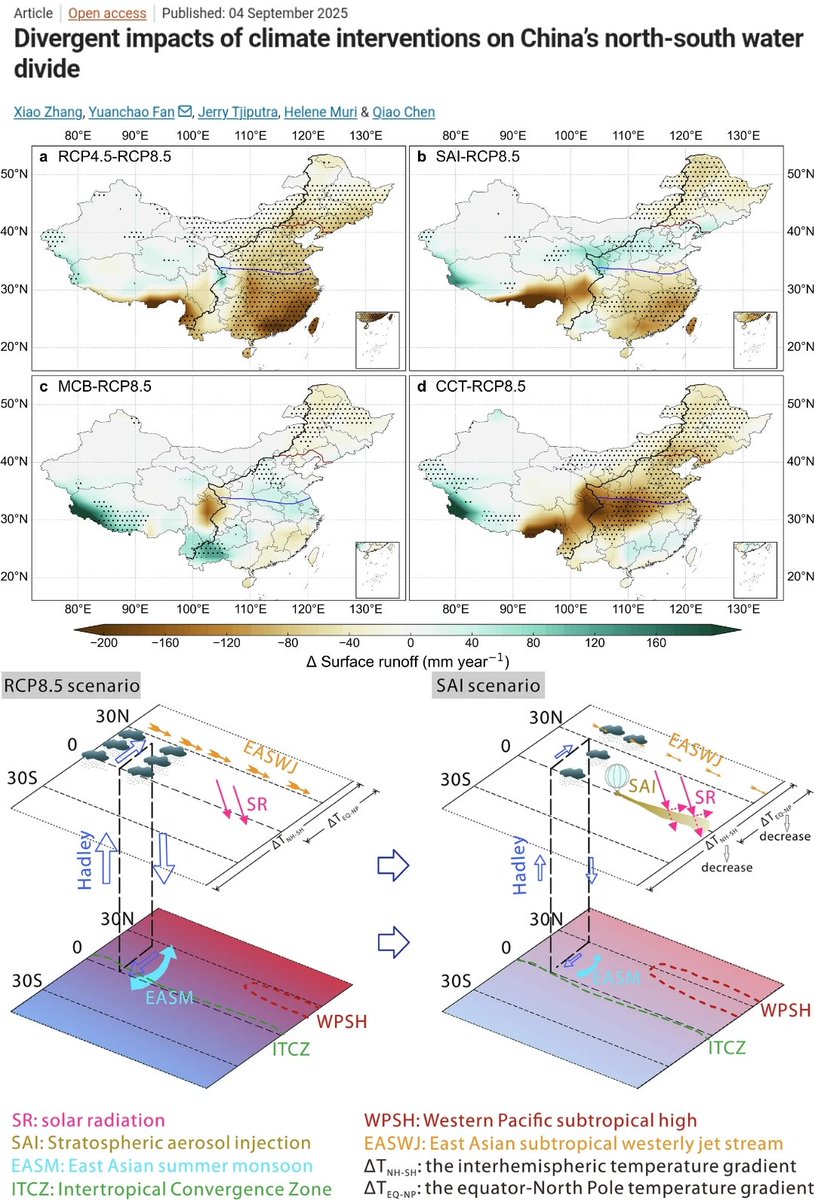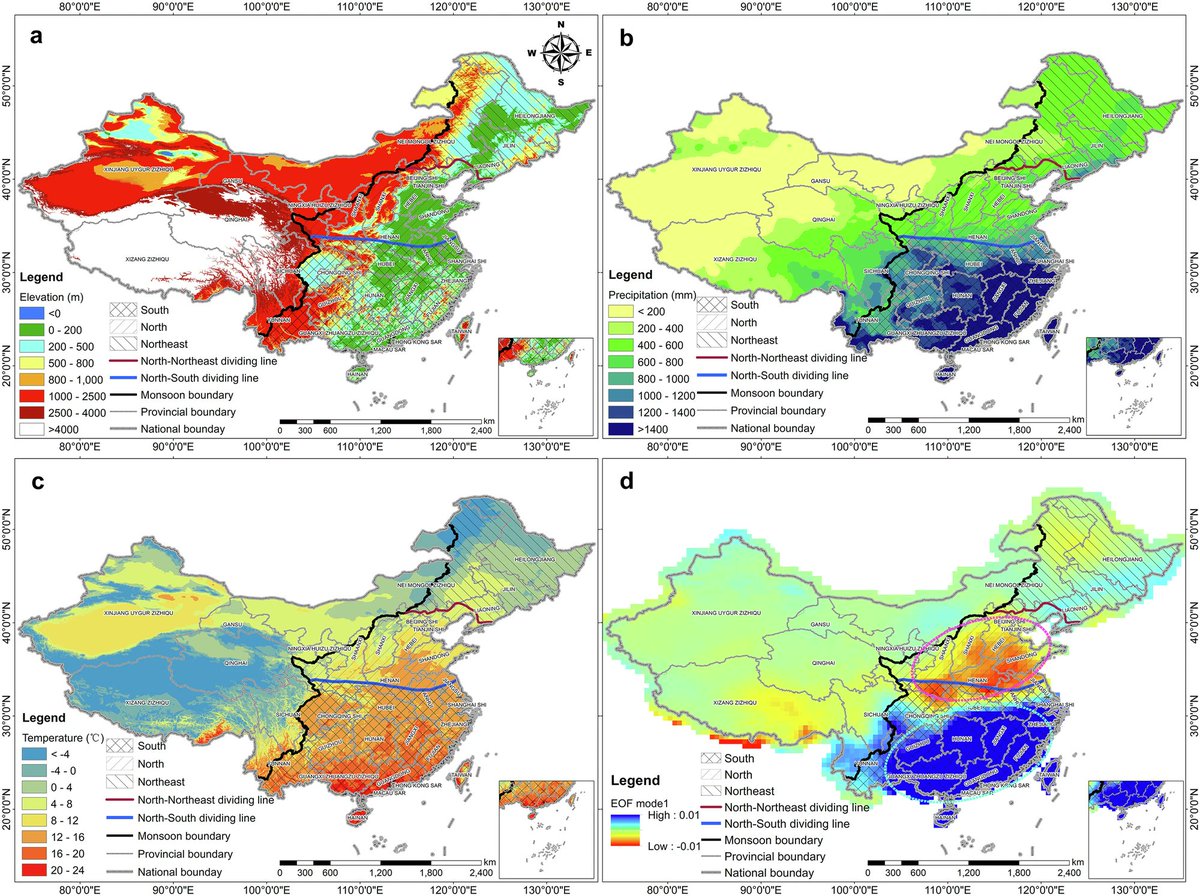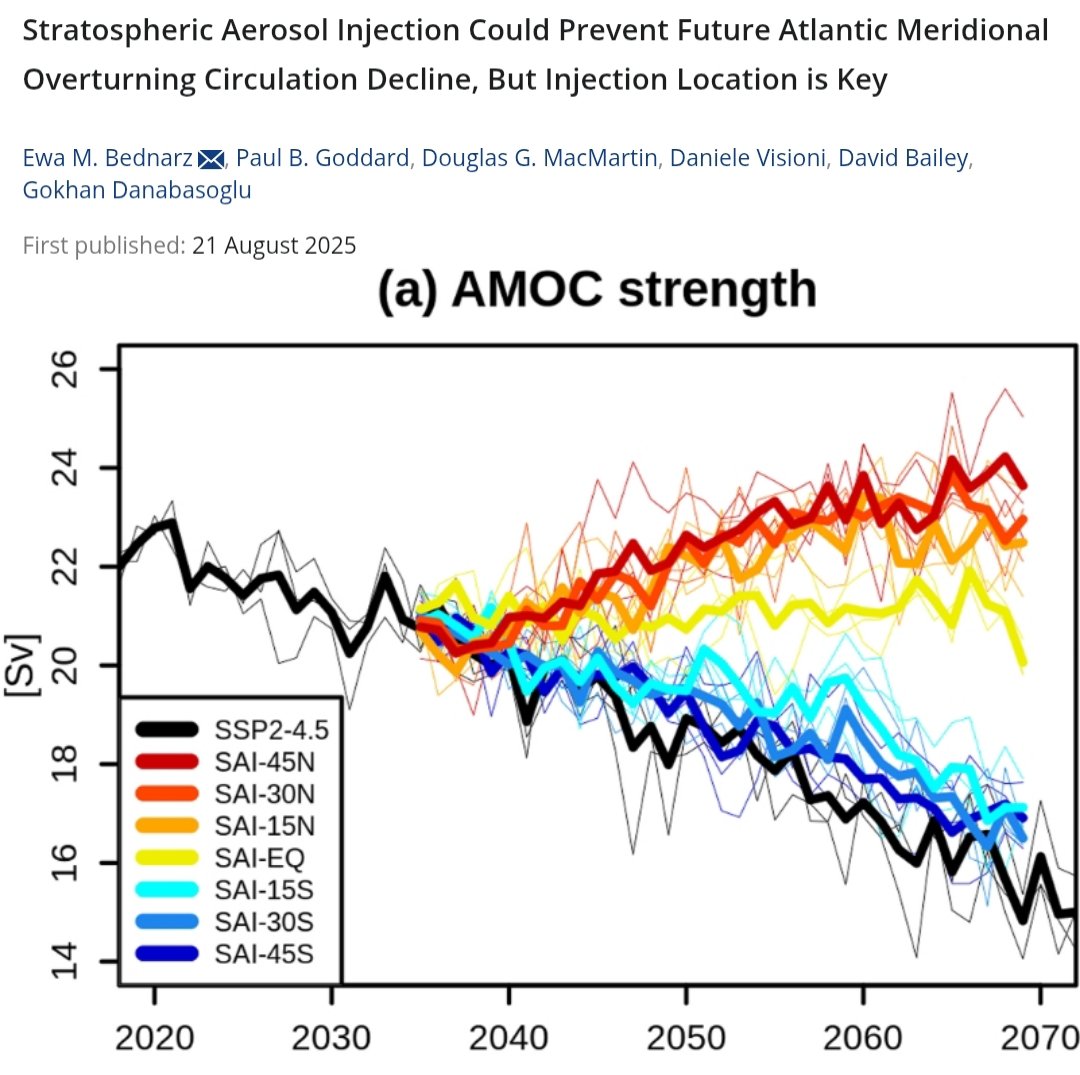🚨New Viewpoint published in Frontiers that responds to Siegert et al.’s paper.
While Siegert et al. warn against polar #geoengineering, Moore et al. argue for a compassionate harm-reduction paradigm, keeping geoengineering research open alongside decarbonization.
Details🧵1/12
While Siegert et al. warn against polar #geoengineering, Moore et al. argue for a compassionate harm-reduction paradigm, keeping geoengineering research open alongside decarbonization.
Details🧵1/12
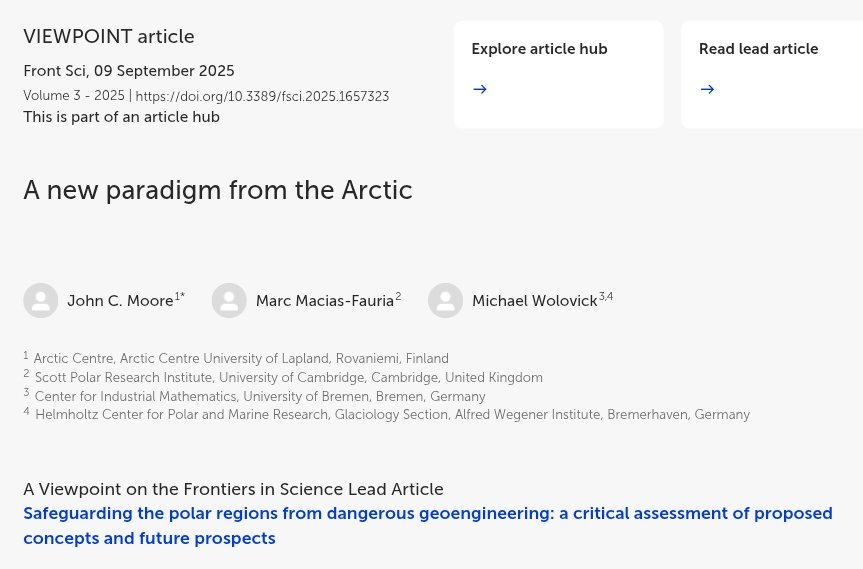
2/ Siegert et al. [] critically assessed polar geoengineering proposals, urging restraint.
Their case: interventions are risky, may not work, and could distract from the essential task which is deep decarbonization.frontiersin.org/journals/scien…
Their case: interventions are risky, may not work, and could distract from the essential task which is deep decarbonization.frontiersin.org/journals/scien…
3/ Moore et al. [] reply that this “consequences-based paradigm” (raising alarms to spur action), has dominated climate science for 50 years.
Yet emissions remain high, tipping points loom, and Arctic ice is collapsing.frontiersin.org/journals/scien…
Yet emissions remain high, tipping points loom, and Arctic ice is collapsing.frontiersin.org/journals/scien…
4/ They contrast this with their “compassionate harm-reduction paradigm.”
Instead of only warning about dangers, scientists should also research all possible tools, including geoengineering, so humanity has options to reduce harm if warming overshoots.
Instead of only warning about dangers, scientists should also research all possible tools, including geoengineering, so humanity has options to reduce harm if warming overshoots.
5/ This Viewpoint responds with counterarguments to various critiques against geoengineering, challenging assumptions that research should be halted:
6/ Critique 1 - Moral hazard: Fear that geoengineering research weakens political resolve for emissions cuts.
Moore et al. counter: evidence is mixed, some studies show awareness of interventions can strengthen support for mitigation.
Moore et al. counter: evidence is mixed, some studies show awareness of interventions can strengthen support for mitigation.

7/ Critique 2 - The slippery slope: Once research starts, deployment is inevitable.
Moore et al. answer: history suggests otherwise. For instance, the Arctic Ice Project ended when toxicity concerns arose, showing research can stop interventions too.
Moore et al. answer: history suggests otherwise. For instance, the Arctic Ice Project ended when toxicity concerns arose, showing research can stop interventions too.

8/ Critique 3 - The precautionary principle: Opponents argue risks are too uncertain, so better not to try.
Moore et al. respond: precaution must weigh inaction too, doing nothing risks Arctic tipping points with global consequences.
Moore et al. respond: precaution must weigh inaction too, doing nothing risks Arctic tipping points with global consequences.

9/ Critique 4 – Broad dismissal: Siegert et al. analyzed only 5 of 61+ Arctic intervention ideas, yet rejected the whole category.
Moore et al. call this an induction fallacy: some flawed proposals don’t mean all options are doomed.
Moore et al. call this an induction fallacy: some flawed proposals don’t mean all options are doomed.

10/ Instead, they advocate risk–risk assessment: compare the dangers of interventions with those of inaction.
For example, stratospheric aerosol injection modeling suggests possible net health benefits & cryospheric gains outweighing ozone or pollution costs.
For example, stratospheric aerosol injection modeling suggests possible net health benefits & cryospheric gains outweighing ozone or pollution costs.

11/ Conclusion: Moore et al. reject calls to shut down geoengineering research.
After decades of failed consequences-only warnings, they argue it is time to test whether compassionate harm reduction can provide better protection for the Arctic & beyond.
After decades of failed consequences-only warnings, they argue it is time to test whether compassionate harm reduction can provide better protection for the Arctic & beyond.
📝For more details, read
Moore et al. (2025):
frontiersin.org/journals/scien…
Siegert et al. (2025):
frontiersin.org/journals/scien…
🧵12/12 #SolarGeoengineering #SRM
Moore et al. (2025):
frontiersin.org/journals/scien…
Siegert et al. (2025):
frontiersin.org/journals/scien…
🧵12/12 #SolarGeoengineering #SRM
"unroll" @threadreaderapp
• • •
Missing some Tweet in this thread? You can try to
force a refresh


